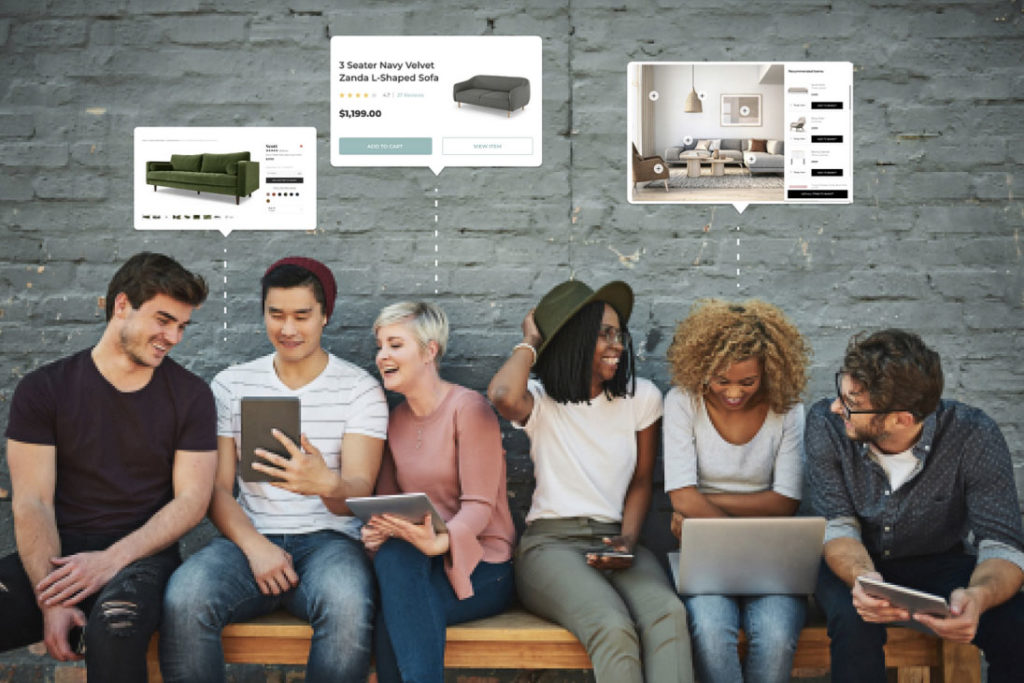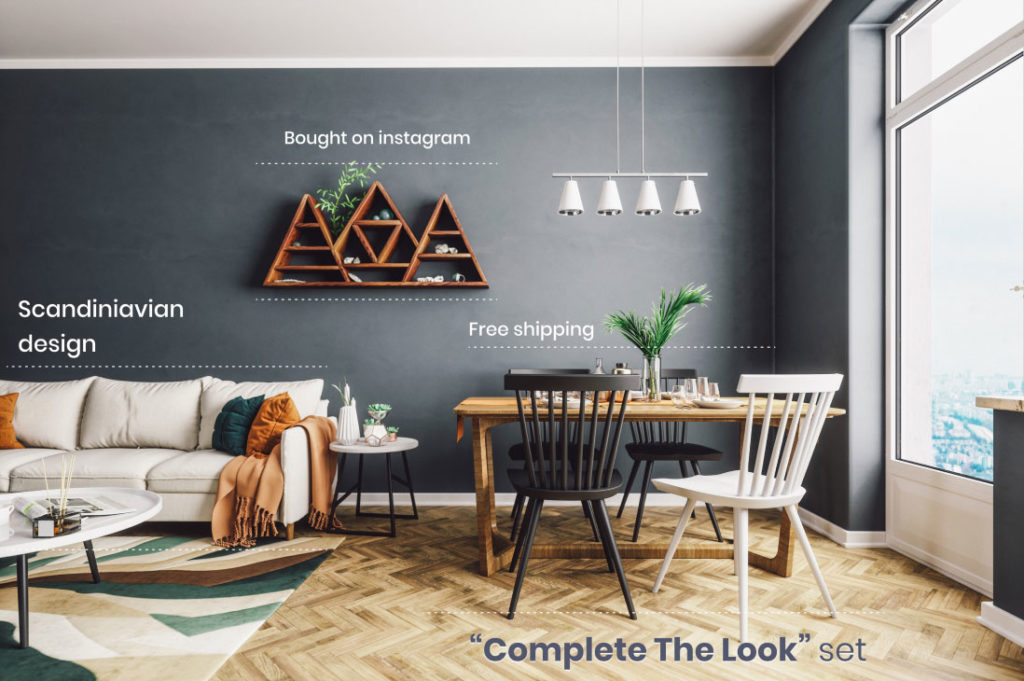From interaction to behavior analysis, we break down our approach to the most powerful generation of consumers.

Netflix CEO Reid Hastings famously said in 2019 that he is more worried about Fortnite than other streaming competitors like Disney and HBO. The battle to be won, Hastings recognized, was over one finite resource – time, a battle he was admittedly losing.
As we move further away from in-person furniture shopping (or any other goods for that matter), home décor websites must adopt a similar logic, and focus on leaving shoppers in their “store”, before they sail off to another app. Value and quality aside- getting millennials’ attention and engagement for more than a few minutes is the best way to win them as customers.
Typically, millennials are classified as those born between the early-mid 80’s and mid-late 90’s. They are old enough to have experienced life pre-internet, but young enough to embrace new technology. According to the last US census, there are over 80 million millennials, earning an average salary of over 50K/y. With $600 billion annually spent by Millennials, there is no generation with greater spending power.
Aged about 25 to 37, people of this generation are now building careers, homes and families, and are naturally seen as having the highest interest in purchasing furniture online. While 40% of millennials already have children, we should also consider some frequent moving, redecorating and expanding that will shape their shopping habits. Furniture, as we learn, are no longer bought as a long-term investment, but are seen mostly as disposable and temporary, so sellers must provide a seamless, appealing, and easy buying process. And free shipping, of course.
Visual Impact
It’s still early in the Covid or post-Covid era to have updated figures, but prior to the pandemic almost half (47%) of millennials were buying furniture online, and over a half of millennials did research for 2-3 weeks before making a purchase, comparing at least 2 different retailers in the process with no brand loyalty in sight. With social media also a popular shopping tool, it is harder than ever to survive this competition without a making strong visual statement.
Some retailers, most notably IKEA, have given it all on the AR front, but 6 years in and the jury is still out on its effectiveness. Awesome as it is at first use, AR for furniture still restricts imagination and design vision to what IS, rather than what COULD be.
We found that vivid complete setting images actually produce the perfect balance of visual stimulation and practicality, allow shoppers to browse from anywhere and feel like they could do anything.
Experience is said to be the key to a millennial’s heart, but this too is up for interpretation; what kind of guest-interaction are vendors looking for and at what cost? For our partners, moving through realistic spaces early in the buying process proved too steer shoppers to the unique human-AI interplay that produces one tailor-made design after the other, ending up happily ever after in the shopping cart.
Trusting the Algorithm
This approach made browsing furniture feel less of a task- and more like a game, a slot machine lever you pull and get a favorable result each time. But beyond the joy of playing lies a deeper notion about visual context and its significance in decision making. Personalized visual context is important in many purchases- but crucial when it comes to furniture, as good design is always a system of interactions.
With renovai’s algorithm, each pull of the lever makes positive visual context more likely to pop up, as evidence the item at hand can co-exist, flatter others, and thrive in a total look.
Recommended pages (e.g “you might also like”; “guests who viewed this item also viewed this…”) are proven to engage shoppers for longer than randomly hit or even searched pages, proving not only that the machine gets better at guessing what we’re after, but that we trust its guessing and expect it to improve. This is where contextual personalization comes in. If yesterday’s (fairly efficient) recommendations were based on associated products and statistics, today’s suggestions are becoming more individual and much, much more accurate.
Don’t be shy on the details. When it comes to online purchases, shoppers like to have as much information about the products they’re buying as possible — from fabrics, colors, and patterns available, to exact product dimensions, to influencers and celebs that just bought it. An informed decision relies on multiple source verification so be sure to start the visual path from social media right into the site.
In order to generate truly personalized setting our technology analyzes real-time visitor behavior, increasing the odds of the shopper seeing a likeable design, but also establishing a degree of intimacy thanks to a one-of-a-kind design. In plain words, this experience makes shoppers feel special.
For millennial customers fit is everything, because self-expression is everything. Many have been cultivating their personal brands on social media and would hardly deviate from the tone they have set, therefore very little style choices are a fluke (when they are, that was actually an artistic choice). It is the retailer’s duty, then, to help them fulfill their vision.
Read More About our main features:
Product recommendation engine
Online merchandising
Product recommendation quiz
product matching in ecommerce
complete the look
consumers patterns and habits

Move Fast
Finally, we return to our first point: time. None of the above is worth chasing after unless you can guarantee a flow suitable to millennial pace. This is not meant as criticism of screen-addicted multi-taskers with a short attention span. Even when purchases from desktops are on the rise right now, people still will only wait for so long until your image loads before they browse away.
If your customers are torn between shopping for a new desk and an online video game, let’s be honest- you might lose this one. But when they do spare an hour to browse, they’ll be expecting a minimal level of thrill to hold them. Making them feel at home, literally, can make all the difference.
Read More About our main features:
Retail AI
Complete The Look
product recommendation engine
product matching in ecommerce
Online Merchandising